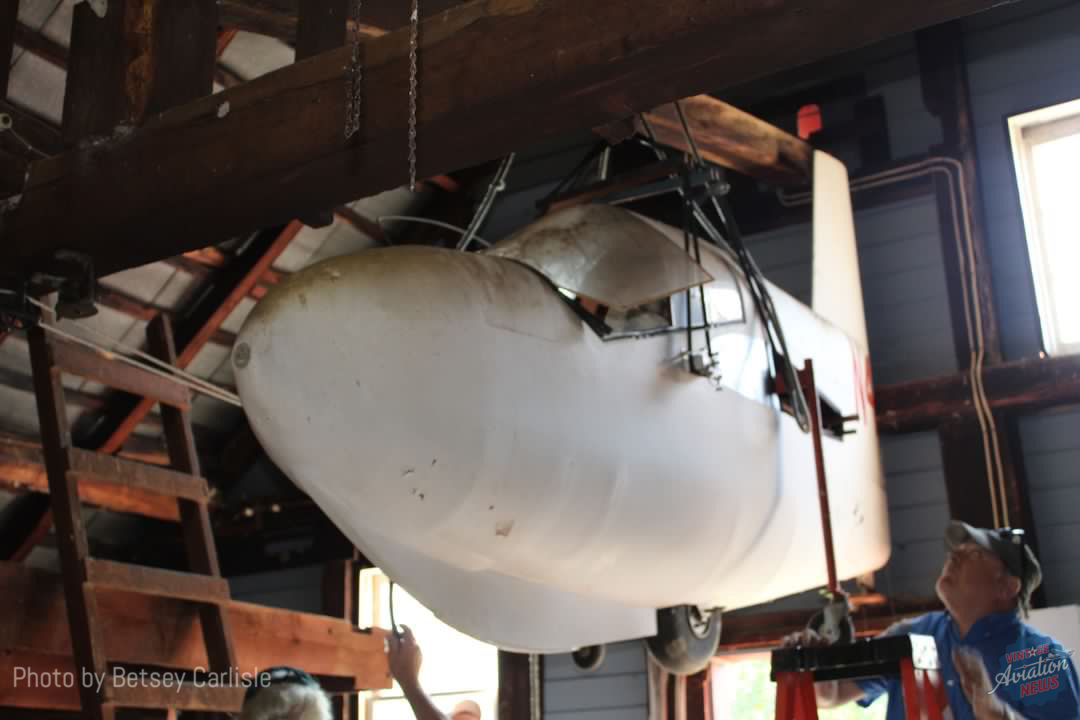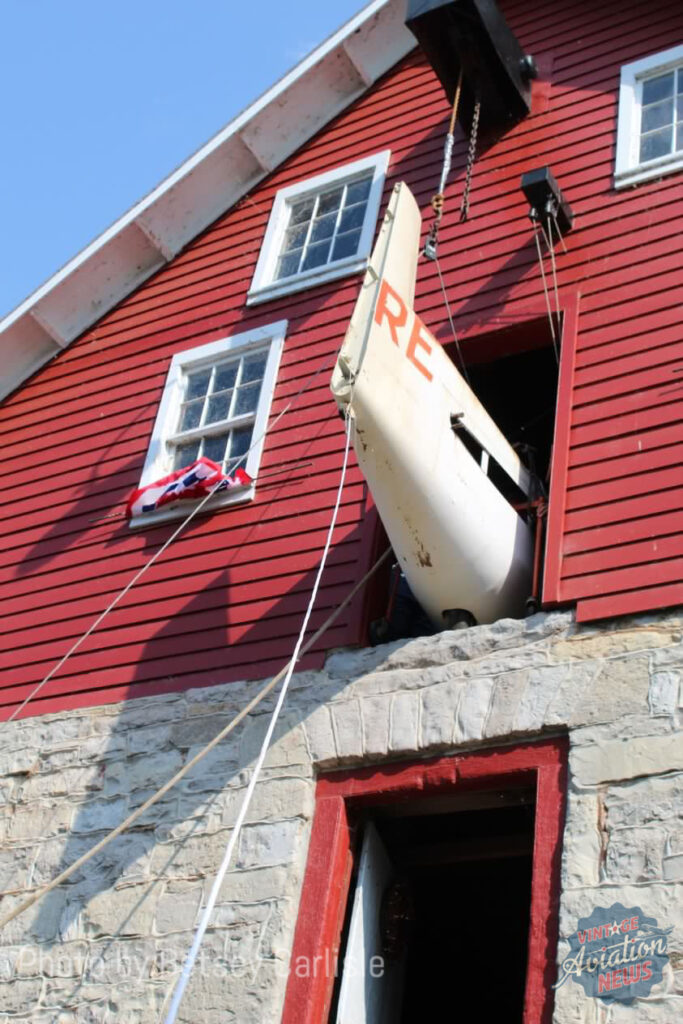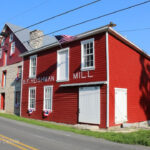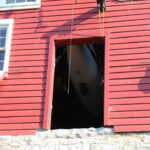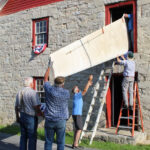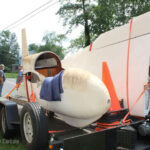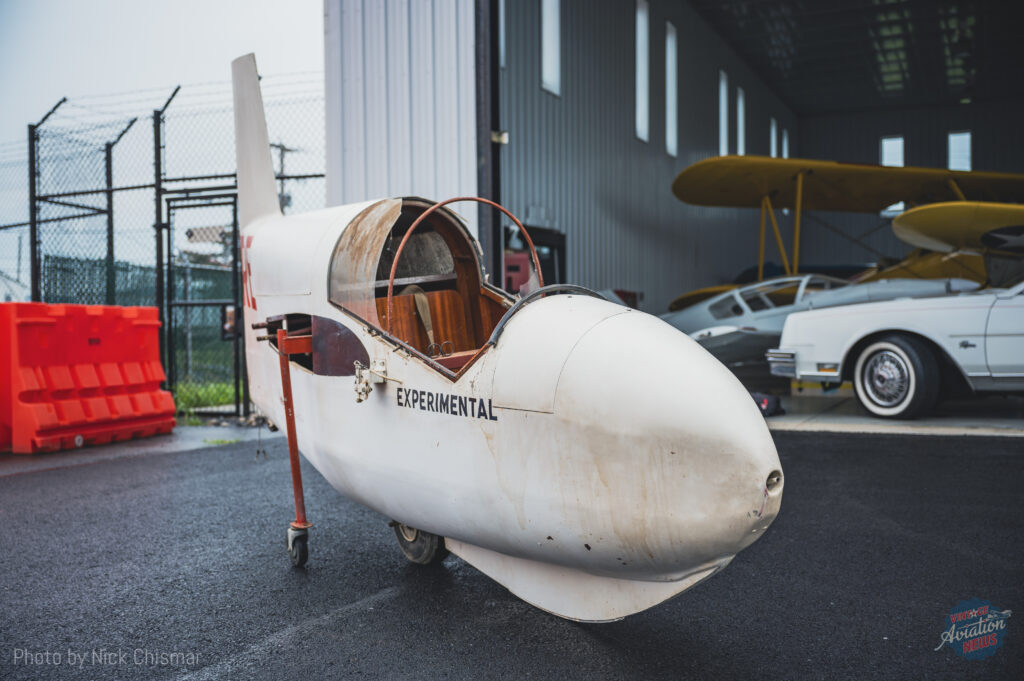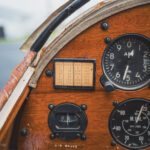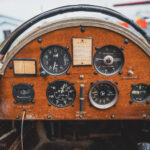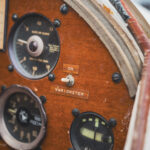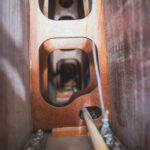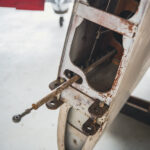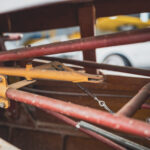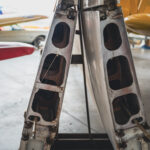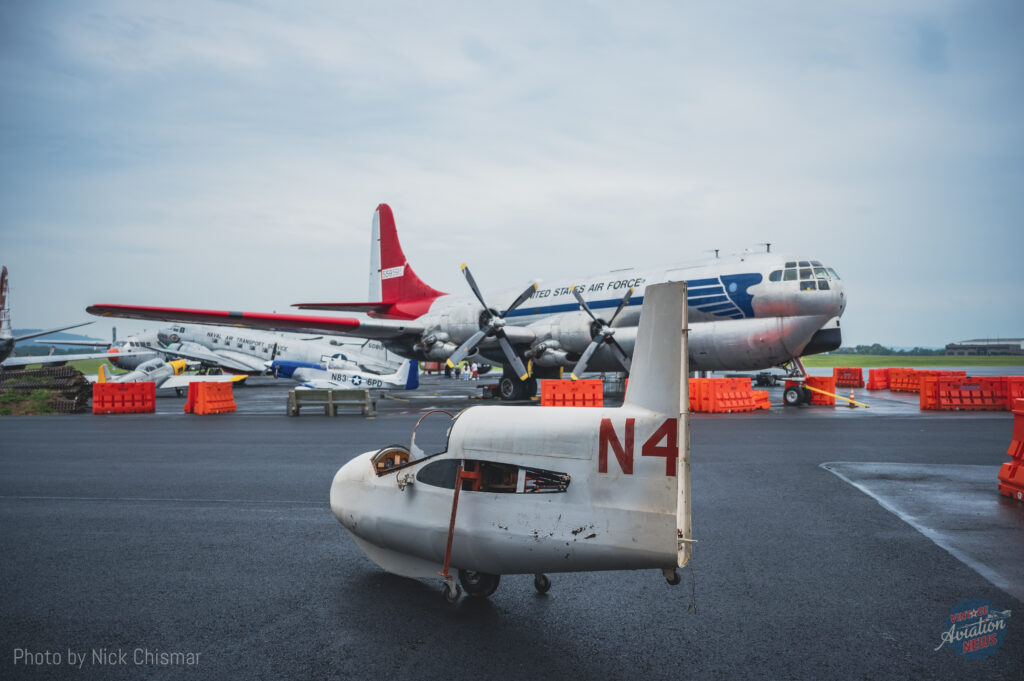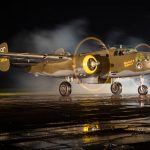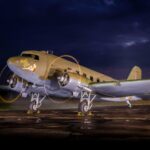By Nick Chismar
Driving along the country roads of Carlisle, Pennsylvania can be quite a scenic drive. Rolling hills of farmland are broken up by islands of trees or old historic structures. Most of the time, these buildings simply make for a unique sight, but sometimes they just might have something concealed within their walls that nobody would expect. As Russ Strine from the Mid-Atlantic Air Museum would tell me, one of those mills would make for an interesting July morning.
Back in 2012, Russ, the museum’s President, received a phone call from William Foshag, who was interested in donating a rare Marske Pioneer II Sailplane to the museum. The only problem was that the sailplane was tucked away in the Historic B.F. Heisman Mill in Carlisle, Pennsylvania. Will, an engineer by trade, was concerned with how the museum would be able to get the sailplane out of the mill. Sadly, William passed away in 2017 and Russ was unable to see the sailplane before then.
Luckily, Russ had kept William’s information and was able to get in contact with the person managing the estate a few months ago who confirmed that the sailplane was still there and able to be donated to the museum. With plans in place, volunteers from the museum set off to recover the sailplane which had been stored in the mill since 1977 when William hauled it there on the roof of his 1963 Pontiac Tempest Station Wagon.
Starting around 8:00 AM, volunteers worked with pulleys and come alongs to carefully remove sailplane, which was filled with Mud Dauber nests from its decades of storage. The wings had been carefully stored in cradles on the second floor. The fuselage was hung from the beams of the third floor using large fan belts which had deteriorated over time. Soon enough, the sailplane was out of the mill, which had snakes hiding amongst its original equipment, and was being loaded on a trailer to head to it’s new home before noon.
Marske Pioneer Sailplanes were originally designed in the mid-1960s, with the Pioneer II becoming available as a kit or simply as design plans in 1972. This one in particular began it’s life outside of Philadelphia, Pennsylvania, having been built by the two Ree brothers. As noted on a sheet inside the aircraft and by it’s N-number, N4RE, the sailplane is believed to be the fourth aircraft build that the brother undertook. The sailplane was constructed in the early 1970s and made several flights. Russ would tell me that Pioneer IIs were well known for their efficiency, having a glide ratio of 35 to 1 and weighing only 360 pounds while empty.
The small cockpit seems to have barely enough room for its pilot. Wedged tightly between the fiberglass fuselage, the pilot has all the necessary gauges just inches away on the instrument panel along with controls placed where they could fit. Cables and tubing help keep the weight of the sailplane down while ensuring sufficient input to control surfaces.
Now at its new home amongst the Mid-Atlantic Air Museums growing collection, volunteers have already begun some minor work to the sailplane and have removed the pesky Mud Dauber nests from the fuselage. While Russ does not plan to fly the sailplane, he does intend to restore it back to as close to its original airworthy condition as possible. From there, the glider will likely be placed on display by hanging in one of the museum’s hangars at Reading Regional Airport. So after over 45 years of storage, this Pioneer II is beginning a new chapter under the care of the Mid-Atlantic Air Museum.
Thanks to Russ Strine for sitting down with me to talk about the Pioneer II Sailplane, as well as Betsey Carlisle for the opportunity to photograph the aircraft and for providing photos of its recovery.
We would like to thank the Mid-Atlantic Air Museum for allowing Nick Chismar access to photograph the Pioneer II Sailplane, and a special thank you must go to Russ Strine for taking the time to sit down to discuss the restoration with Nick.
To support the Mid-Atlantic Air Museum this restoration, click HERE.







